This week we are focusing on our fourth small step toward aligning our instruction to the Science of Reading (SOR) – using semantic maps to teach vocabulary! Let’s explore how this step aligns with Scarborough’s Reading Rope and how it contributes to the broader goal of nurturing skilled readers.
In this blog series, we’ll address the most common questions and concerns when embracing the Science of Reading. We’ll cover everything from understanding the core principles to practical application in the upper elementary classroom. We hope to make this transition smooth and enjoyable for you by breaking it down into smaller, manageable steps.
In addition to this blog post, you will find an accompanying podcast episode to listen to!
If you haven’t already, I encourage you to check out the previous blog posts in this series:
- Small Step #1: Build & Activate Background Knowledge
- Small Step #2: The Art of Sentence Deconstruction
- Small Step #3: Explicitly Teaching Prefixes & Suffixes
I’ve been chatting with you about this topic quite a bit, and I promise I won’t stop until we’re all on the same page (pun intended!) about how every tiny step we take connects to the Science of Reading. So, get ready because I will break it down for you again!
Alright, let’s talk about the magic formula behind reading comprehension. It’s like a secret recipe with two essential ingredients: strong word recognition skills and robust language comprehension skills. Consider these the dynamic duo that holds the key to unlocking those “aha!” moments while reading.
Now, picture this: a reading rope with two main strands – each strand represents a powerhouse of skills. First, we’ve got the word recognition strand. This one’s all about becoming word watchers, effortlessly recognizing words as if they’re old pals. And then, there’s the language comprehension strand – understanding the nuances and unraveling the deeper meanings.
Did you know that to grasp a text truly, students should already be familiar with around 90 to 95% of the words? Yep, that’s the golden rule. And here’s a nugget from the research gurus: most vocabulary is soaked up indirectly, just like those sneaky little learning moments that happen when we’re not even trying.
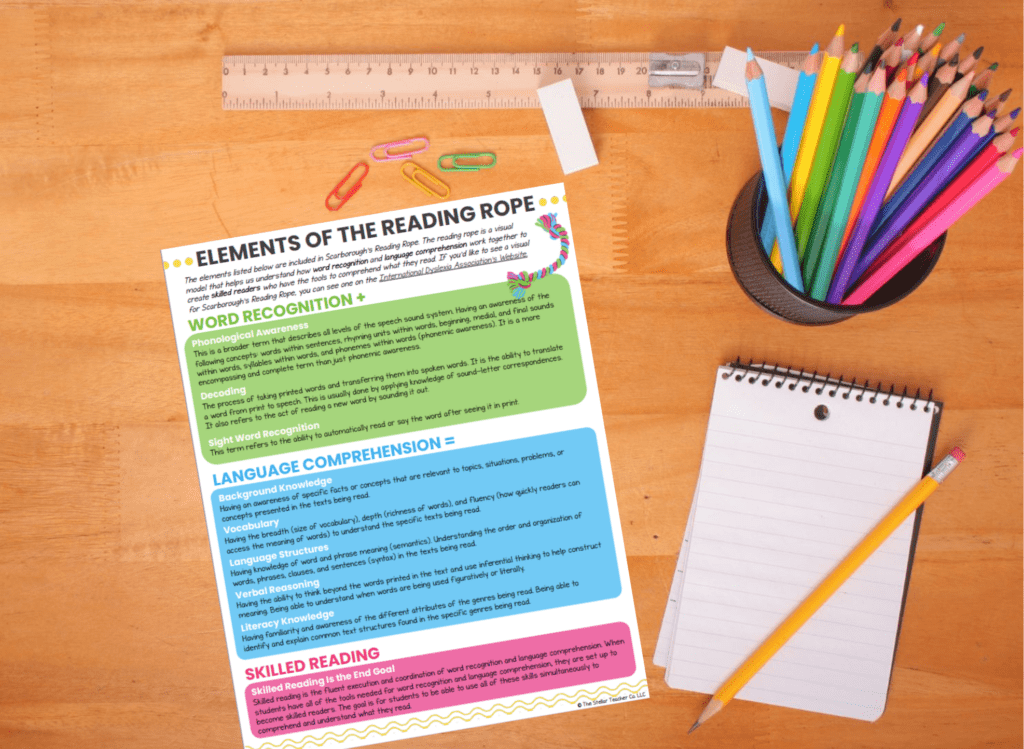
To help our students build their vocabulary we want to ensure indirect and direct exposure is happening in our classroom.
Indirect vocabulary instruction is when students learn words and their meanings through daily conversations and general exposure.
- This happens during read-alouds. Students hear new words in the stories they read.
- This also happens through class discussions when new vocabulary words and terms are used by their classmates or by you, their teacher.
- This can happen through independent reading when students are exposed to new words independently.
But we also want to be intentional about providing direct vocabulary instruction.
We provide direct vocabulary instruction when we teach our students “word learning strategies.” Things like:
- Understanding the meaning of prefixes and suffixes.
- Understanding the meaning of Greek and Latin roots.
- Understanding multiple-meaning words.
- Understanding how to use context clues to determine the meaning of unknown words.
It is impossible to teach students every word they encounter, but when we teach them word-learning strategies, they are more equipped to determine the meaning of unfamiliar words.
Occasionally, we will need to provide our students with direct instruction where we explicitly teach them the meaning of individual words.
Explicitly teaching the meaning of individual words might happen:
- Before a read-aloud or a shared reading experience.
- At the beginning of a science, social studies, or math lesson where students need to have a strong understanding of a content word.
And when we focus on individual words in isolation, a great tool that can make your word instruction so much more effective is to use a semantic map. This brings us to our Small Step #4 to align instruction to the Science of Reading.
Small Step #4: Explicitly teach words in isolation using semantic maps.
You might be thinking: what is a semantic map? I’m glad you asked, I am going to explain. . .
A semantic map is a graphic organizer that maps out words.
- You can include a variety of semantic fields (see below!).
- It helps students understand the relationships and connections between words, concepts, and ideas.
A semantic map can have a variety of semantic fields. You can pick and choose which ones you want to include, but some might be:
- Vocabulary Word (of course!) This is usually at the center or the top of a semantic map.
- Pronunciation guide
- Definition
- Synonyms
- Antonyms
- Examples (words, phrases, or sentences that explain the word in context)
- Other meanings of the word
- Parts of speech (with examples)
- Pictures or symbols
- What it is…
- What it isn’t…
You don’t have to include all those fields on your semantic map – but pick the semantic categories that will benefit your students the most. And you also have options for switching it up throughout the year!
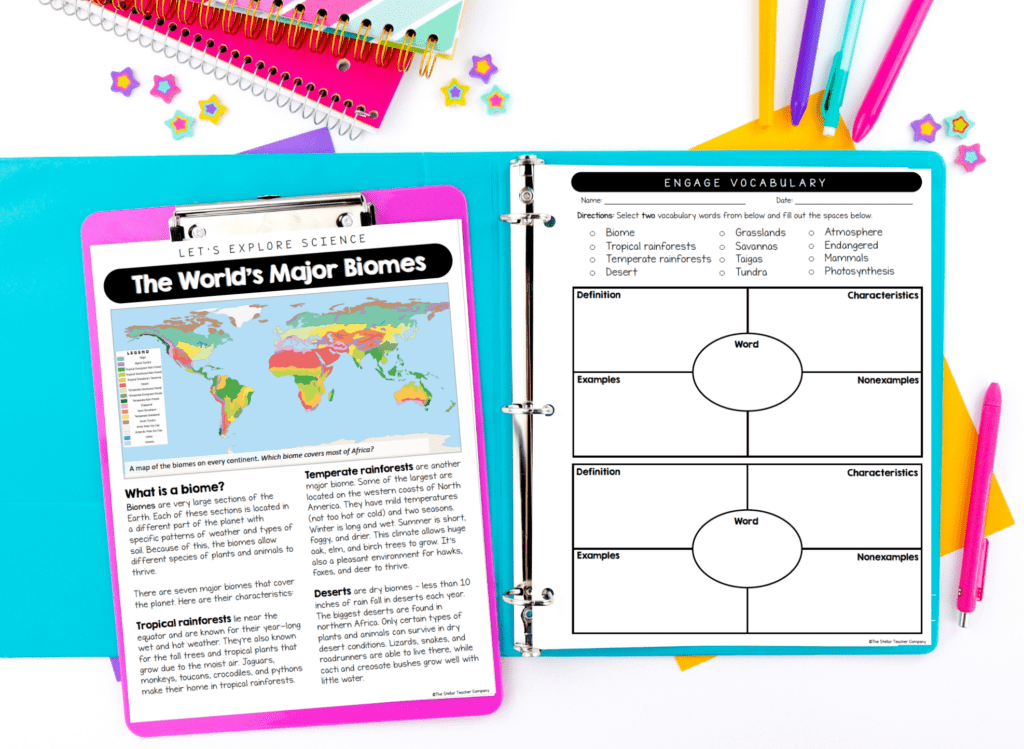
When should I use a semantic map to teach vocabulary?
- During a read aloud. This could be something that you build with your students before reading to help build background knowledge on a specific vocabulary word. You can then revisit it during and after the read-aloud to add more examples or information learned about the word.
- During independent reading. Students could fill out a semantic map for a new or interesting word they found in their independent reading text. You might assign it for homework occasionally too!
- During math, science, social studies. Semantic maps are great for introducing content-specific vocabulary words. Have your students keep their maps in a notebook or binder so they can refer to them all year long!
- During Social Emotional Learning (SEL) as a part of your morning meeting. You could create a semantic map for the specific character traits you want your students to focus on. Think about how awesome it would be if your students had an in-depth understanding of words like empathy, compassion, and perseverance!
I hope you will embrace the semantic map concept–it will be your students’ trusty sidekick as they learn how to become word watchers! Remember, the ultimate goal is for students to have a much deeper understanding of words they encounter – not just a memorized definition.
So, you want to take a small step to align your instruction to SOR? When introducing your students to individual vocabulary words, try using a semantic map and focus on various semantic fields.
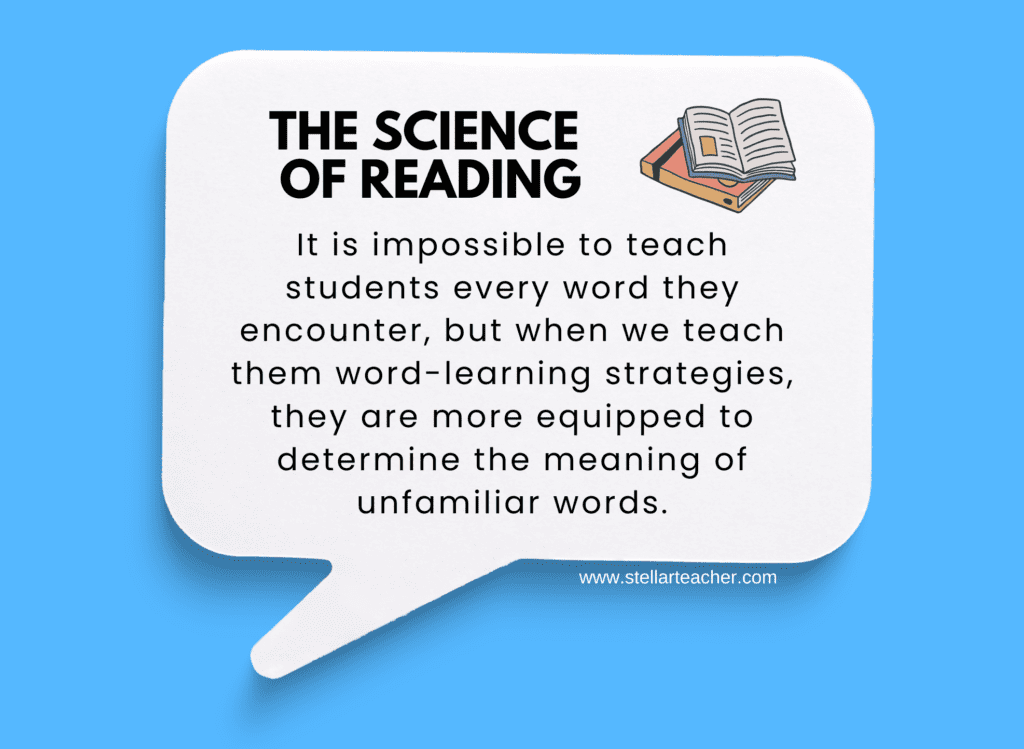
Think about your next Science of Reading steps…
- If you feel inspired by this post, check out Episode 143: Use a Semantic Map to better understand how to use a semantic map when introducing new words in isolation.
- If you want to start using semantic maps with little-to-no prep, check out our Nonfiction Science Reading Passages!
- Join us inside The Stellar Literacy Collective, where you will get access to a resource library filled with reading and writing resources that you can use and feel confident that you are taking steps to align your instruction to the Science of Reading.


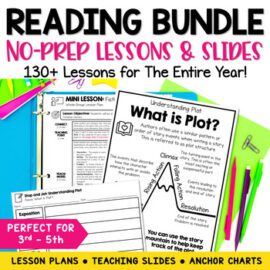
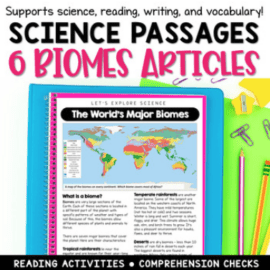
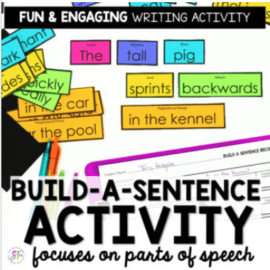
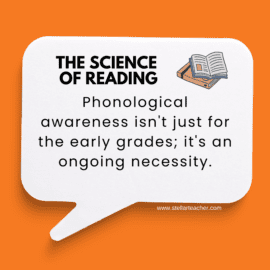
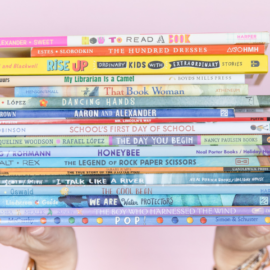





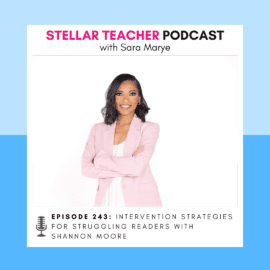




Leave a Comment
You must be logged in to post a comment.